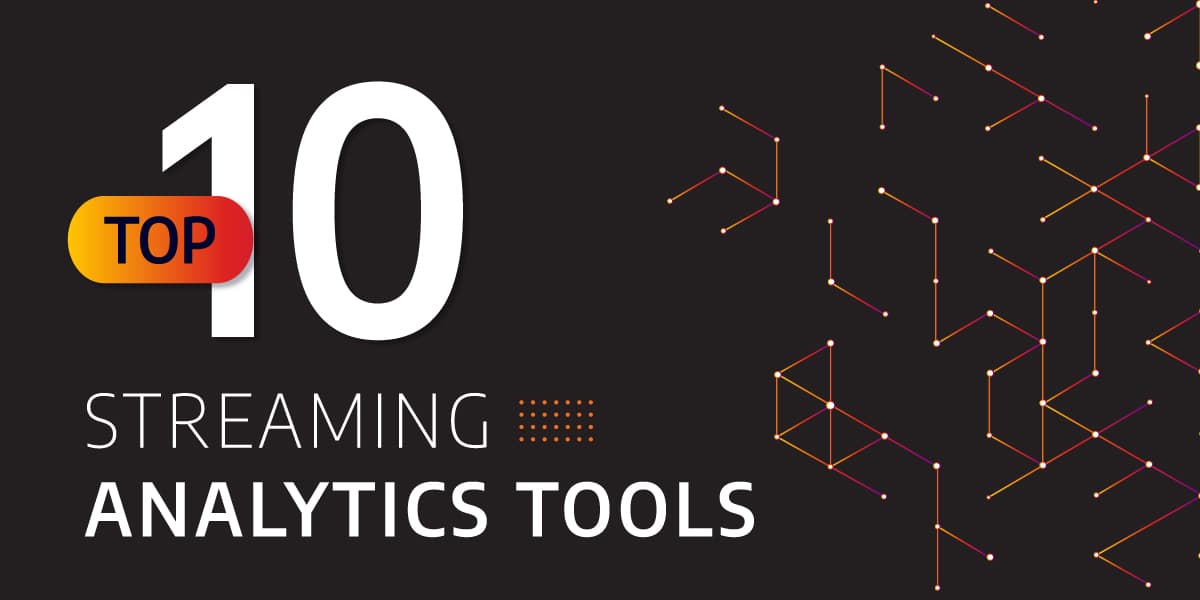
Top 10 Streaming Analytics Tools
If you want to stay ahead of the curve in your business, you'll have to take advantage of the opportunities around you by making informed decisions. With the emergence of data analytics tools in this digital age, it has become easier to accomplish that. Data analysis has become the standard for almost every organization lately, to the point that streaming data analytics solutions are available for every level. However, the availability and variety of options on the market can make you feel overwhelmed.
Therefore, to help make things easier for you, we have listed some of the best streaming analytics tools that may significantly boost your efforts, allowing you to fully leverage the benefits of streaming analytics. Before we jump right into the top-ten list, let's first define what streaming data analytics is.
Streaming analytics in a nutshell
Streaming analytics (also referred to as real-time streaming analytics) is the processing of data in real-time or near real-time to predict future patterns. To put it simply, it allows you to query or analyze continuous data patterns while also responding to key events (called event stream processing) in a short amount of time—usually in milliseconds. Now let's move on to the list of the best streaming analytics tools.
Apache Kafka
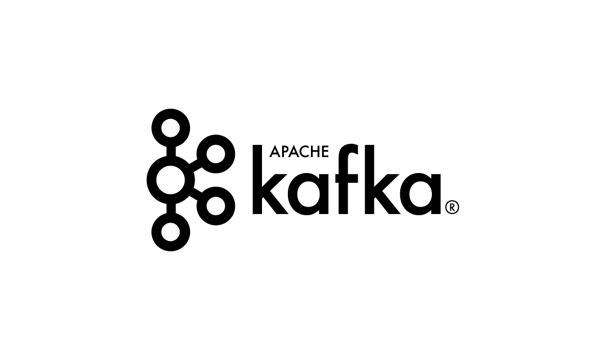
Apache Kafka is a distributed data streaming platform that is open access and used by enterprises to handle real-time data streams. The most common use of Kafka is in the backend for microservice integration, and it can use some real-time data streaming channels like Spark or Flink.
Surprisingly, most real-time data streaming services can successfully coordinate with Kafka to facilitate stream processing and analytics. Kafka can also transfer incoming data to other portals for numerical analysis. Nevertheless, the characteristics of fault tolerance and redundant data provided a convincing uplift to Kafka's track record, as well as the prestige of all other data streaming tools.
Apache Spark
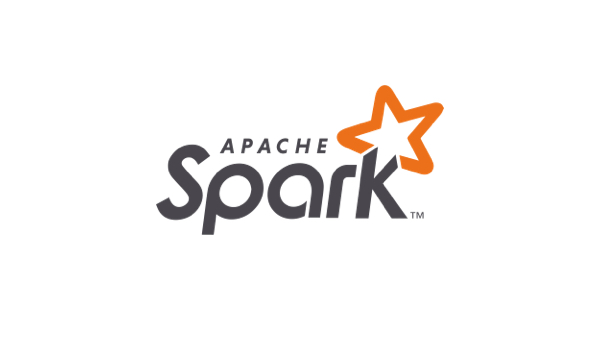
Based in the US, the Apache Software Foundation has developed several open-source software projects, of which Apache Spark is one of the well-known. The developers' community regularly incorporates new ideas into these tools to make them more powerful. Spark, a unified data analytics platform, was initially released in 2012 with the goal of analyzing large amounts of data using clustered computing.
With support for stream data and batch processing, it employs machine learning-enabled data analytics modules. Plus, multiple options such as Python, R, Java, SQL, and Scala APIs allow you to work in your preferred developer environment. Spark is suitable for practically any sector that uses data science since it is open-source and has built-in capability.
Apache Flink
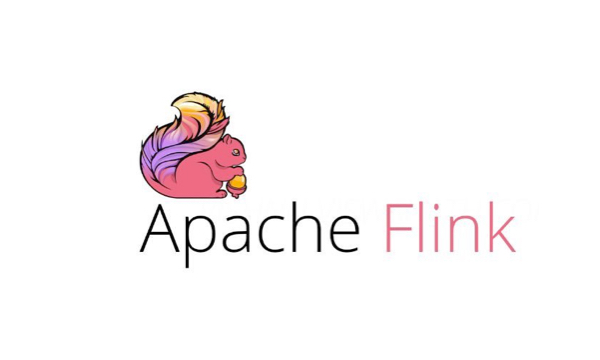
Apache Flink is a free and open-source streaming data analytics platform that can easily handle batch and stream processing as well as help calculate bounded and unbounded data streams. Flink enables you to ingest streaming data from various sources, analyze it, and distribute it over several nodes. The interface of Flink is much simpler to use and does not require much training. You may also connect to cluster resource management platforms such as YARN, Hadoop, and Kubernetes. In addition, Flink can process millions of events in milliseconds. It also employs machine learning and graph processing techniques to handle complex event processing.
Apache Hadoop
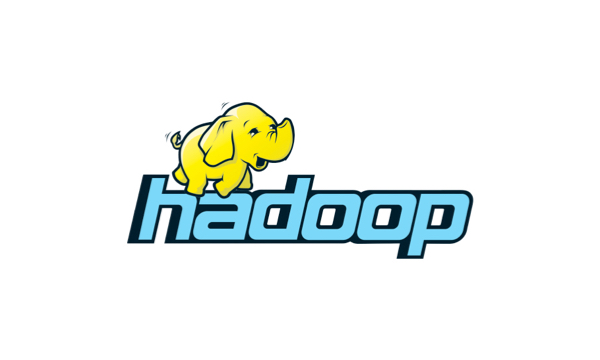
So we just mentioned Apache Spark as a top performer, but that doesn't imply that Apache Hadoop is not great. Like Spark, Hadoop is also an open-source platform that comprises a distributed file system and a MapReduce engine for storing and processing large amounts of data. Even though Hadoop is older (first released in 2006) and not as fast as Spark, many firms that have embraced it already will not forsake it because something better comes along.
Moreover, Hadoop has other benefits. You can run it on a wide range of commodity hardware, meaning it will not necessitate supercomputers. Although it may not be the most user-friendly platform out there, it's reliable and robust. After all, it divides workload and storage and is also a low-cost solution. And if that isn't enough, Hadoop is still supported by numerous business cloud providers.
Memgraph
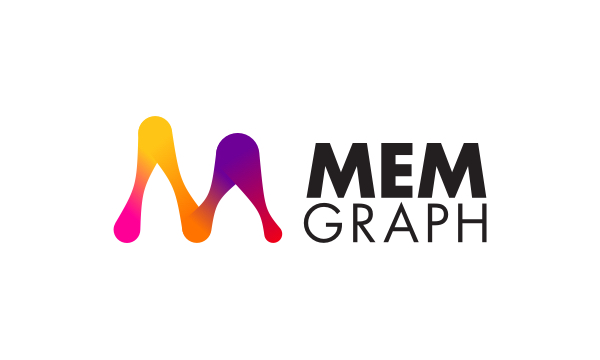
Memgraph is a real-time graph streaming platform that allows you to explore data locally and on the cloud. Its streaming analytics system empowers users (big data engineers, analysts, or business users) to import data from various platforms and perform analysis without implementing custom solutions.
Memgraph provides the CLI mgconsole, the Memgraph Lab GUI, and drivers to connect with the programming language of your choice. You can connect with languages such as Python, Java, C#, PHP, Golang, Ruby, and JavaScript, to name a few.
Advanced AI and machine learning algorithms embedded into the platform provide streaming analytics that can assist in making informed business decisions. Memgraph offers the environment to build user event tracking, permissions modeling, recommendation systems, and many more.
Stream Analytics by IBM
IBM Stream Analytics also deserves more attention than open-access real-time tools for advanced analytics. It includes an Eclipse-based IDE (Integrated Development Environment) and assistance for the programming languages like Scala, Java, and Python. Consequently, developing data analytics tools for streaming becomes simpler.
IBM stream analytics potential differs from other popular streaming data toolkits. This aids in the development of notebooks, allowing Python consumers to guarantee easy management, monitoring, and taking informed decisions. For handling information through data streams, you can employ IBM Stream Analytics services of streaming on the IBM BlueMix forum.
Amazon Kinesis
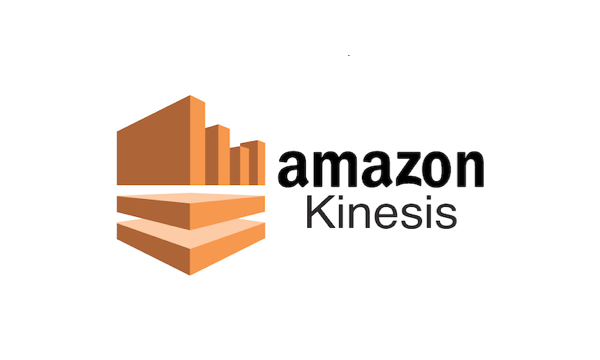
Amazon Kinesis Streams (KDS) is a reliable service for collecting, processing and analyzing real-time streaming data. It's meant to help you receive crucial information much faster to make better decisions. Streaming data can be ingested into KDS via event streams, IT logs, social media feeds, location tracking, and other sources.
The streaming platform is entirely self-contained. It can create real-time streaming applications such as user behavior monitoring, fraud analysis, and detection. KDS streaming analytics platform can capture gigabytes of data per second from several sources and perform predictive analytics operations. Collected data is made available on dashboards in milliseconds to give you valuable insights into the data.
Google Cloud Platform
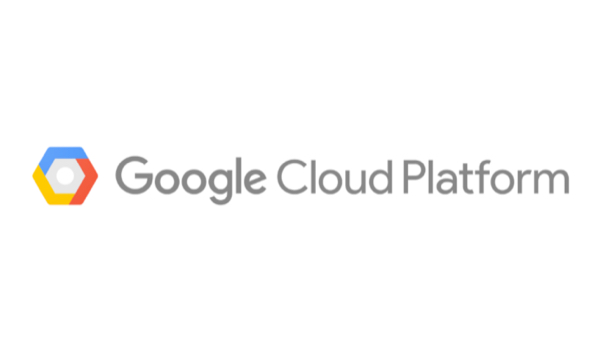
Google Cloud Platform (GCP) brings together a number of cloud computing services that Google employs for its products, such as Gmail, Google Search, Google Docs, YouTube, and others. While GCP is not a big data tool, it includes various big data platforms, including Data Fusion and Dataflow.
BigQuery is probably the most widely used application to handle petabytes of data for streaming analytics. The service brings along state-of-the-art machine learning modules, allowing you to process massive amounts of big data in near real-time. It enables the users to import data in various formats such as Parquet, CSV, Avro, and JSON.
One of the many advantages of BigQuery is that it's SQL-compatible, making it quite simple to use. Although the platform is a little slow to keep up with the latest advances, it's a small price to pay given its scalability, low cost, and standard configurations. Moreover, it's pretty hard to ignore as numerous organizations rely on it.
RapidMiner
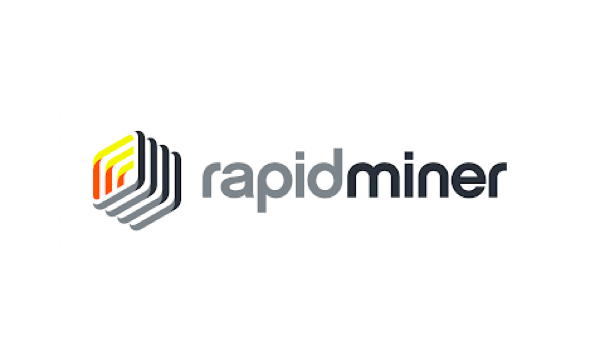
RapidMiner is another cloud-based software that enables you to build a complete end-to-end streaming data analytics platform. It's an open-source application and incorporates various features, like automation, which allows it to loop and repeat activities and perform in-database processes.
Real-time scoring is also included, allowing you to use third-party applications to work with statistical methods. Preprocessing, clustering, prediction, and transformation models are all operationalized.
RapidMiner provides interactive charts and graphs with zooming, panning, and several other interactive features if you want to go deep into data analysis. You will be able to perform analysis over 40 forms of data, both structured and unstructured, such as audio, video, images, social media, text, and NoSQL. Furthermore, RapidMiner is open-source streaming data analytics software with state-of-the-art features like machine learning models and predictive analytics for valuable insights into business intelligence operations.
StreamSQL
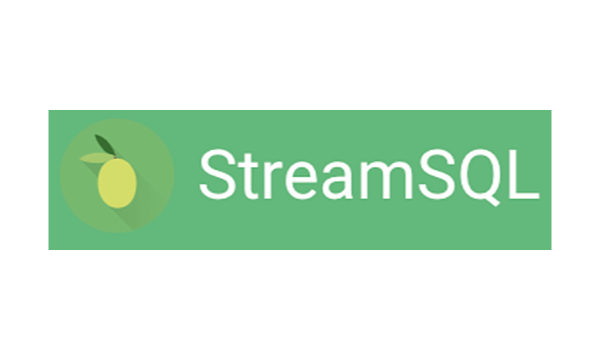
It is a one-of-a-kind SQL extension that provides streaming data processing. The effectiveness of StreamSQL for real-time information computation in big data is dependent on its simplification. StreamSQL's simplification makes it appropriate for non-developers as well. StreamSQL simplifies the application development that ensures data stream deception, real-time conformance, monitoring, and network security.
Wrapping up
Today, every modern firm relies on data analysis. However, selecting your desired data analytics solution can be a tedious process because no single product can meet all of your requirements. We hope these ten real-time data streaming solutions will come in handy in your search for the best ones in the market. While they may not offer all the desired solutions in your organization, they provide some of the most important aspects you should look for in your business, which may end up being a decisive factor.